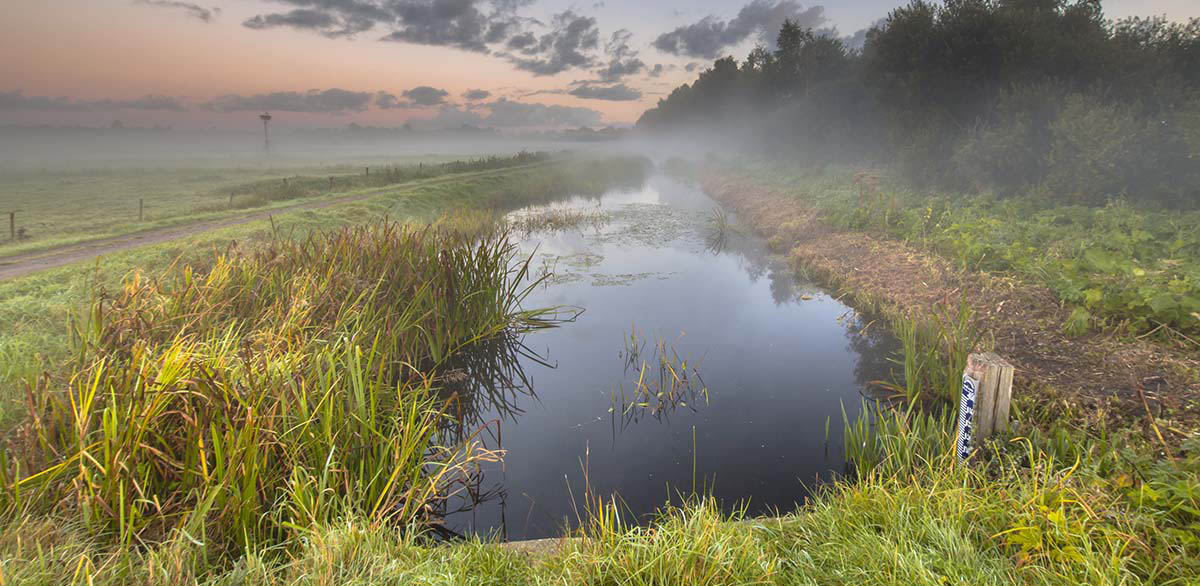Stormwater quality management

Why StormWater is an issue?
In natural areas the majority of rainwater will infiltrate into the ground and the runoff is also slowed down by grass and vegetation. However stormwater in urban areas can often flow unhindered and lead to flooding of storm drains and ditches which can cause damage to infrastructure.
The Interreg CB CleanStormWater project aims to find suitable methods of treatment and monitoring based on research and analysis of the conditions of the project pilot sites. The results from the project should be reproducible for other areas around the Baltic sea.
What are the main StormWater pollution types?
The types of pollutants present in stormwater can vary depending on what surfaces the runoff is generated from. Roads and traffic generally have pollutants in the form of heavy metals, polyaromatic hydrocarbons (PAH), oils and particles from tires. Metal roofing can release metal ions like copper and zinc and runoff from fields and agriculture can contain high levels of nutrients like nitrogen and phosphorus. Common pollutants found in stormwater are:



